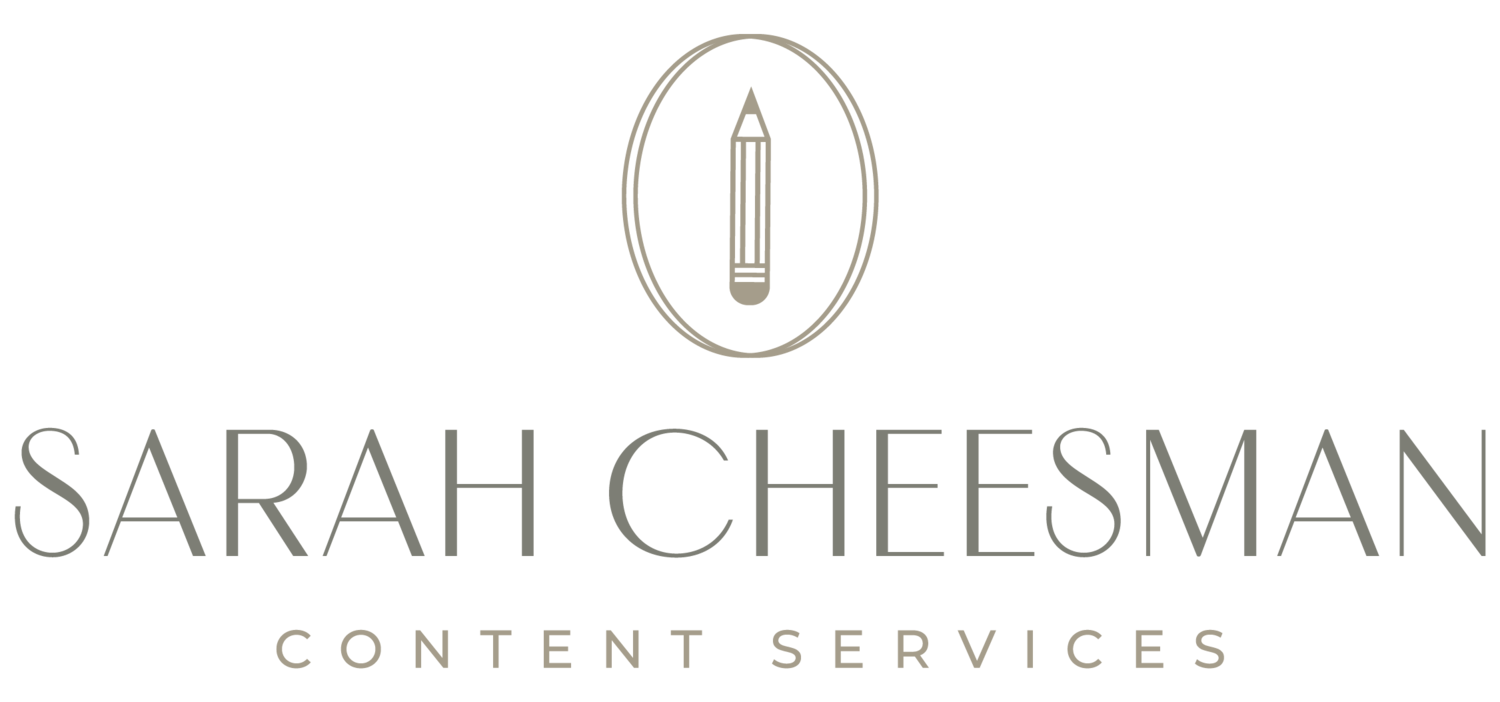How being human can help your business
One of the words that you will have heard a lot of if you’ve ever worked with me is ‘humanising’. I put a great deal of importance on that word, but what does it mean in terms of business?
I am a firm believer that people don’t buy from businesses, they buy from people. If you’re not passionate about what you do and why your product or service is the best on offer, why should your audience think this?
When people visit your website or social pages or read your collateral, they are looking for signifiers of trust. This can come in many different formats, but one that you may be familiar with is using photos of staff members – bringing the heart of the business to life a bit more.
I know that putting yourself or your staff members at the forefront of your business can be off-putting, and is often something that businesses avoid, but showing off who you are can make a dramatic difference to how you are seen by your audience.
Think of it this way. If you walked into a shop on the high street, you’d expect to be greeted at some point by a member of staff. That staff member would likely be smiling, welcoming you into the store and offering to help with anything you needed.
What would you think if you went into a shop and didn’t have this experience? All the items you needed were there, but there were no shop assistants – no friendly faces welcoming you in and making you feel cared for. You might still get the items you needed, but the chances are you wouldn’t feel you knew much about the company and what they stood for afterwards.
That might be quite an extreme and unlikely example, but you get the point!
Here are some other idea for how you can humanise your business.
Write your brand story.
Your brand story is the story of how your business began; all the why’s, the how’s and the when’s. Telling your story helps your customers understand the identity behind your company and the products or services that you sell, and ultimately this will make them more likely to return. People like to be able to relate to the things they buy and the people they buy them from.
You can find out more about writing a brand story here.
Create a ‘Meet the Team’ page on your website
If this isn’t something you have already, you should definitely consider it! At a company I used to work for, this was the second most popular page on the website (next to the homepage) – people want to know more about who they’re buying from or working with!
If you’re worried about people using it as a source to steal your staff, you can always just use first names 😊 but trust me, it makes such a difference for people to see who they’re dealing with!
Introduce ‘behind the scenes’ style blogs to your website and social platforms
Something else which I’ve always found really effective is the use of ‘behind the scenes’ blogs and articles about businesses – even better if they can be written by different staff members!
Whether you’re writing about a particular event you’ve hosted or attended, an anniversary of starting the business or just talking about what it’s like to work there, people love reading about what makes different businesses tick!
Talk more about the people in your business
Leading on from the suggestion above, it’s also great when businesses introduce members of their staff. This can be done via a quick interview (what do you love about working here, what has been your favourite day with the business so far…etc.!) or asking them to write a guest blog about their typical working day. It’s a nice way to make your staff feel appreciated whilst giving your audience really good insight into what your business is really like.
Tell good news stories
If something exciting happens to your business – tell everyone about it! Local newspapers often love to hear about good news from businesses in their area and are more than happy to write about it – this means free PR for you and the benefit of showing people what your company is made of!
